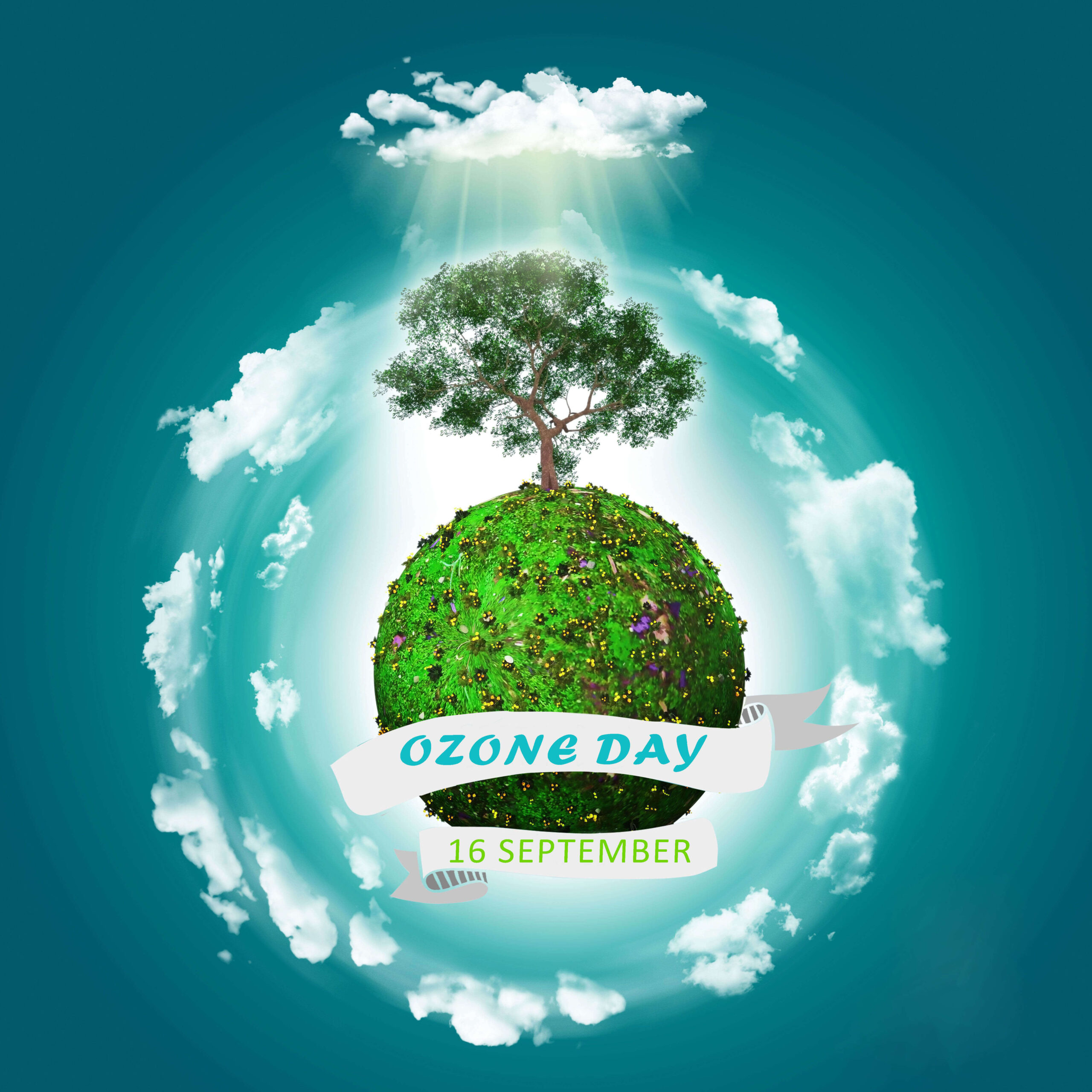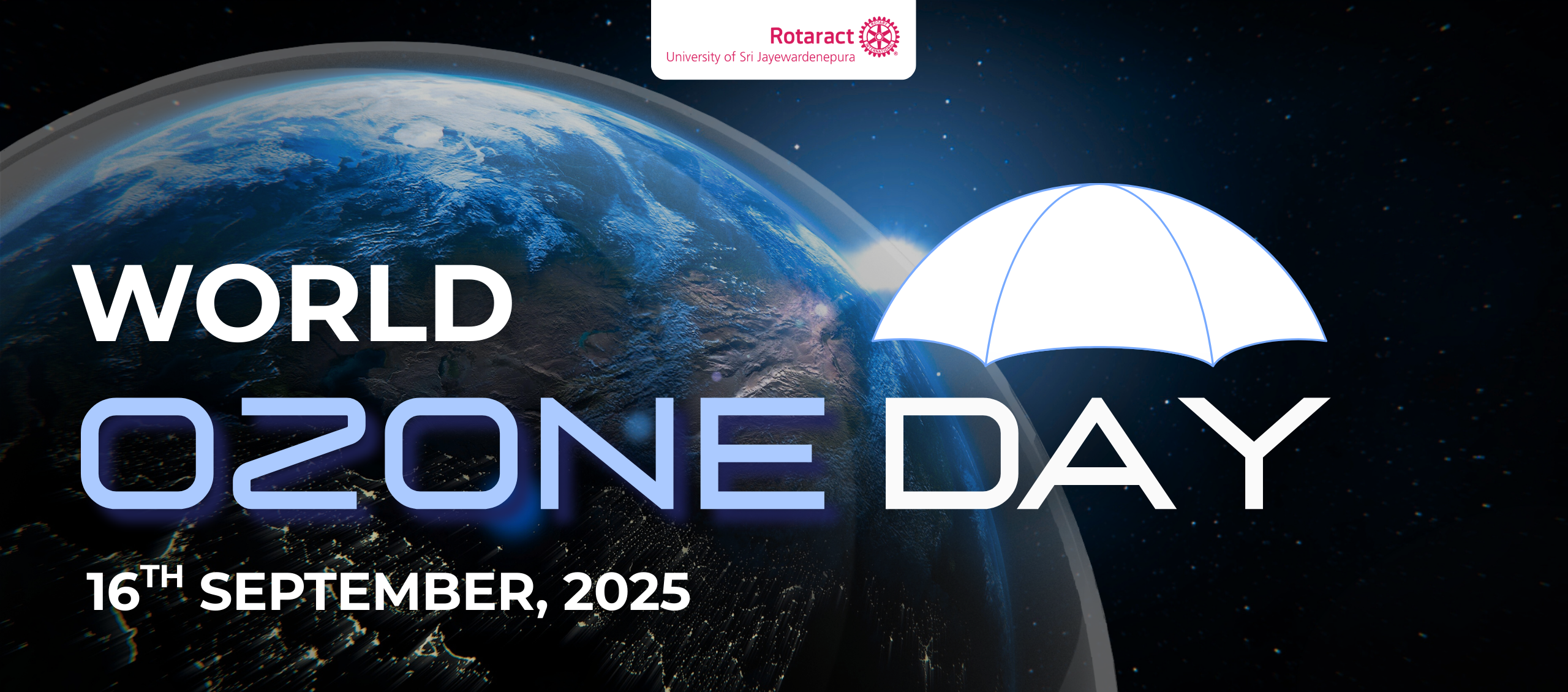Written By: Rtr. Isuri Dewmini
From science to global action: How the whole world came together to save the earth
Today, on 16th September 2025, as we celebrate the 40th World Ozone Day, the air we breathe feels a little clearer, the sun a little safer. It’s a day not just for celebration, but also for reflection as we look back at how the entire world came together to mend our broken sky. This is one of humanity’s greatest environmental achievements: the unprecedented unity that saved our planet’s vital ozone layer.
The Invisible Shield Under Threat
For billions of years, Earth’s ozone layer has silently played the role of an invisible guardian, a protective umbrella high in the stratosphere. It absorbs the sun’s most damaging ultraviolet (UV) radiation, preventing our Mother Earth from becoming a planet like Mars. Yet, in the late 20th century, this vital shield faced an existential threat. Scientists discovered a gaping hole forming over Antarctica, and the very obvious culprit was human-made chemicals like chlorofluorocarbons (CFC), found in refrigerators, aerosol cans, and fire extinguishers. The science was clear: increased UV radiation would damage the DNA of plants, animals and humans, resulting in a surge of skin cancers, cataracts, and devastating harm to crops and marine ecosystems. The future looked bleak.
A Call for Help: The World Responds
What happened next became a defining moment for international cooperation. Faced with a looming global disaster, the world did not hesitate. Instead, nations put aside political differences, economic interests, and geographical divides. Driven by irrefutable scientific evidence and a shared understanding of the danger, an agreement quickly formed: we had to act, and we had to act together.
This collective resolve culminated in 1987 with the signing of the Montreal Protocol on Substances that Deplete the Ozone Layer. It wasn’t just another environmental treaty; it was a pioneering agreement, a testament to what humanity can achieve when it truly unites. Every single country recognized by the United Nations eventually ratified it – a truly universal commitment to a common cause.
As former UN Secretary-General Kofi Annan once stated, the Montreal Protocol is “perhaps the single most successful international agreement to date.“
The Power of Unity: Faith in Humanity Restored
The Montreal Protocol set out a clear roadmap: a complete phase-out of ozone-depleting substances (ODS). It was a near-impossible goal, requiring industries to innovate, governments to legislate, and communities to adapt. In an astonishing display of global solidarity, countries worked together to transition to ozone-friendly alternatives.
Sri Lanka has been a shining example of this global effort. Ratifying the Protocol in 1989, Sri Lanka successfully phased out ozone-depleting CFCs in 2008, a full two years ahead of the Protocol’s deadline for developing nations. This remarkable achievement earned the country the prestigious “Implementer’s Award” from the Ozone Secretariat of the UN Environment Programme (UNEP). This success was driven by a national strategy that included import controls, public awareness campaigns, and innovative projects, such as the introduction of an “Ozone Friendly” logo for Pure Ceylon Tea, certifying that our tea industry had eliminated the use of ozone-depleting fumigants like methyl bromide.

Today, the global results are nothing short of miraculous. According to the World Meteorological Organization (WMO) and the UN Environment Program (UNEP), the Montreal Protocol has led to the phase-out of an astounding 99% of ozone-depleting substances. The ozone layer is now on a definitive path to recovery, projected to heal completely by the middle of this century.
The Antarctic ozone hole is shrinking, and a 2022 scientific assessment confirmed that the ozone layer is expected to recover to its 1980 values by 2040 for the rest of the world, by 2045 over the Arctic, and by 2066 over the Antarctic itself.
A Lesson for Tomorrow
The success of the Montreal Protocol offers a valuable lesson for the challenges we face today, especially climate change. It proves that global environmental problems can be solved through science, decisive political actions, international cooperation, and industry innovation.
By ratifying the Kigali Amendment in 2018, Sri Lanka joined the global effort to phase down hydrofluorocarbons (HFCs) in addition to ODS. While HFCs do not deplete the ozone layer, they are potent greenhouse gases that contribute to global warming. Through new import controls and support for the refrigeration and air conditioning industry’s transition to climate-friendly alternatives, our nation is once again using the Protocol’s successful model to tackle the urgent challenge of climate change.
As we look to the future, the story of the ozone layer stands as a shining beacon of hope. It reminds us that when humanity chooses unity over division, we truly can save the Earth. Let this World Ozone Day be a renewed pledge to harness that same spirit of global togetherness to tackle the environmental challenges that still lie ahead.
World Ozone Day 2025 Message by UNEP Executive Director Inger Andersen
Graphic Design by Rtr. Buthma Menali


0 Comments